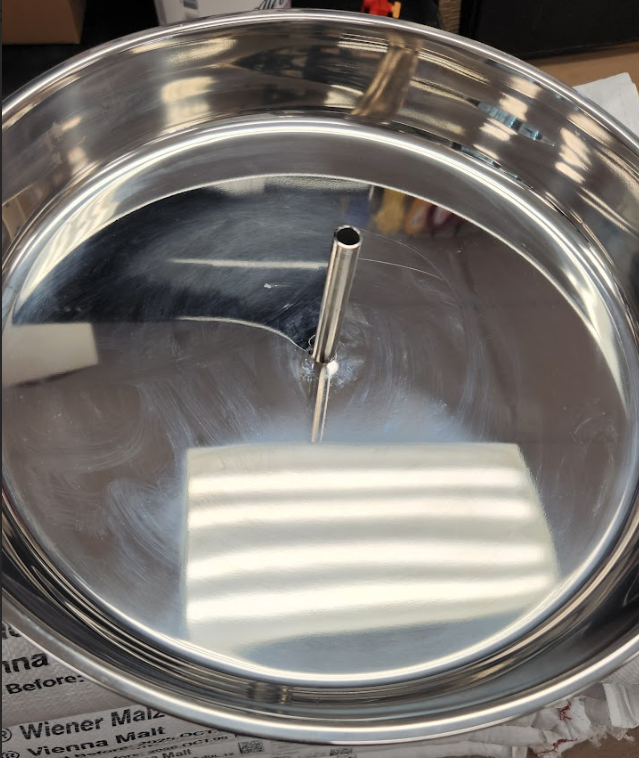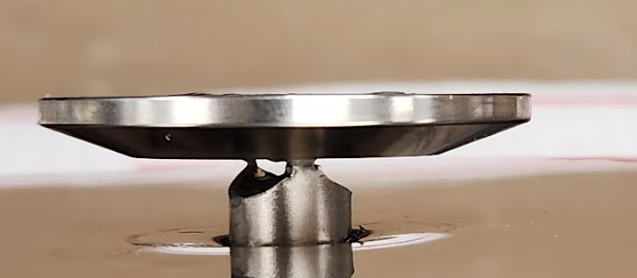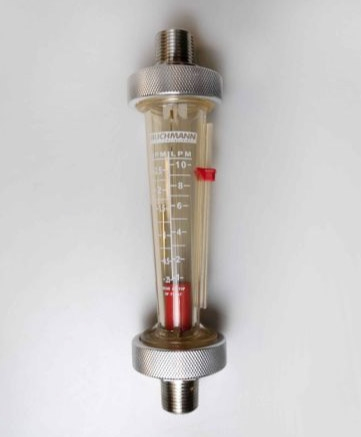I liked this idea from the other lodo forum, it is quite a challenge finding a light kettle cap that floats and fits nicely in my kettle. I saw these sous-vide balls available in Amazon that are cheap, maybe i pull the trigger to use them on my mash and post-boil.
If you want to get the ones I use you can contact this vendor and ask for 1000 of the 20mm polypropylene balls (FDA grade)
[email protected]
https://eccllc.us/
The amazon ones look comparable, but I prefer ordering from the manufacturer as I don't always trust amazon. Especially to ensure these are food grade.
IMPRESA [500 Count] Sous Vide Balls for Anova Sous Vide Container, for Inkbird Sous Vide Container & Other Models - Sous Vide Container Balls to Reduce Heat Loss & Evaporation - Accessories
https://a.co/d/8erQFTK




















![Craft A Brew - Safale S-04 Dry Yeast - Fermentis - English Ale Dry Yeast - For English and American Ales and Hard Apple Ciders - Ingredients for Home Brewing - Beer Making Supplies - [1 Pack]](https://m.media-amazon.com/images/I/41fVGNh6JfL._SL500_.jpg)







































